His DNA is one factor. Kristian Bogner is a third-generation master photographer, and his parents, both master photographers, raised him in their studio. His proclivity for technology is also an ingredient. His parents’ tech-savvy friends took Bogner under their wings. That list of pals includes Dale Kramer, developer of the ultralight Lazair aircraft, whom Bogner calls “this geeky mentor who’d teach me about computers.” An innate drive to excel is another element of the mix. Bogner started his own photography business at 16 specializing in digital imaging. He went on to photograph billionaires’ homes in North America, rural residents on the back roads of India, and Olympic athletes on skis, skates, snowboards, and bobsleds. A yearning for life experiences plays a part, too. Cameras in hand, Bogner has fled gunships in Africa, summited Mount Vinson in Antarctica, and engaged grizzlies in his backyard. Being an extrovert is a key component as well. He started photographing weddings when he was 8 years old—a self-described “cute little kid” wearing a tuxedo and working a Pentax 645, Hasselblad, or Nikon—and was the child who stood out in Professional Photographers of Canada convention Q&As. Then there is the Zen Buddhist monk whose influence on Bogner may be the most vital yet subtle element in his work.
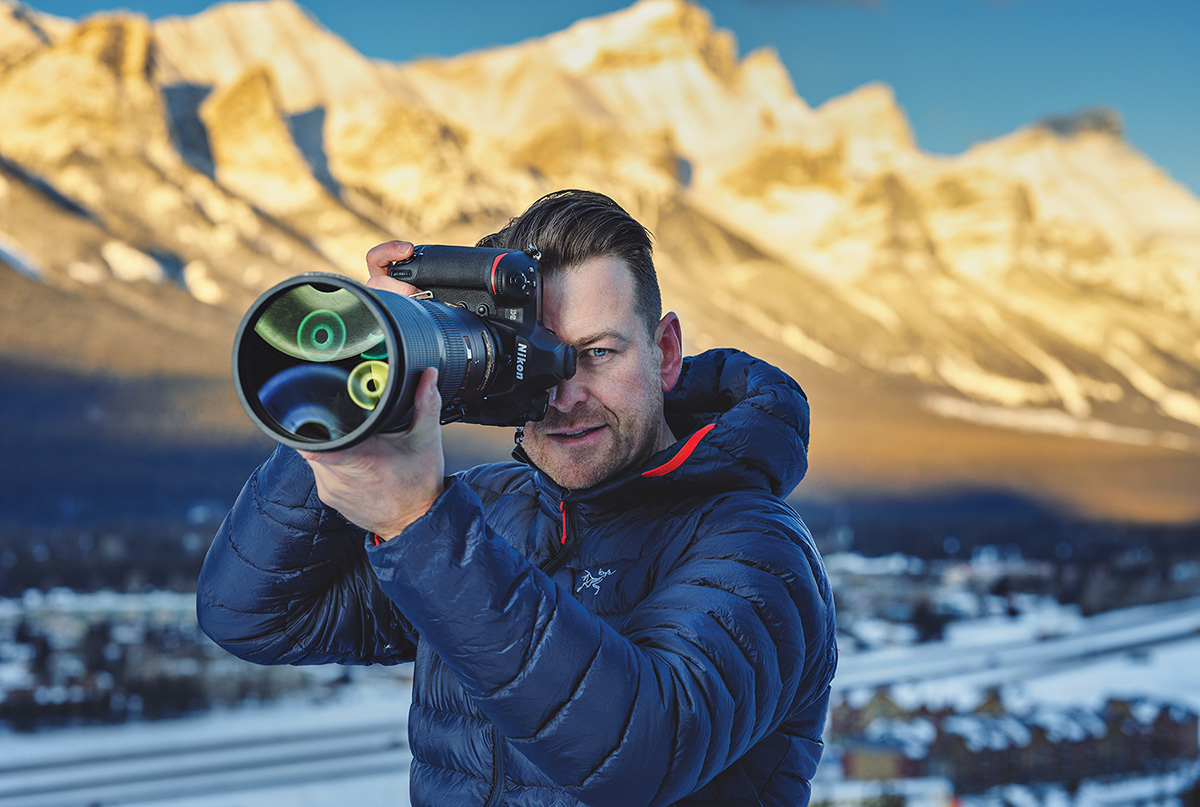
Photographer Kristian Bogner
Multidisciplined
As a photographer, Bogner defies categorization. Based in Canmore, Alberta, about 60 miles west of Calgary, Bogner boasts a portfolio that includes commercial, editorial, nature, sports, fashion, still life, fine-art, portrait, architectural, landscape, seascape, and cityscape images in an array of styles and moods.
“It has hurt me not being so specific,” he says. “New agents are always looking for the headshot guy, the colorful food guy, the muted dark and stormy guy. Once they know my work, I can be anything they want.” He serves clients as a photographer or as a mini-agency—a turnkey operation delivering photographs, video, digital products, website design, and publishing. He’s expanding into cinematography.
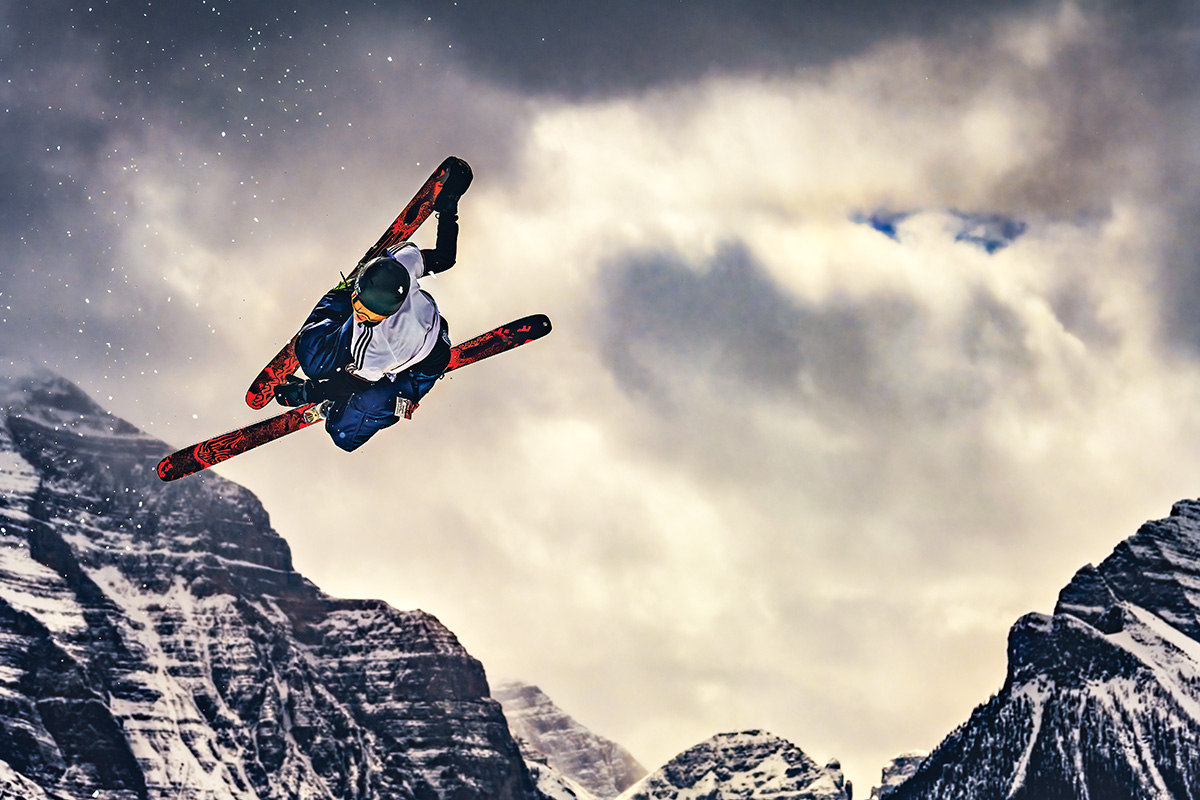
His technical expertise is obvious, but the breathtaking quality of his work goes beyond Bogner’s self-proclaimed geekiness. It’s how he transmits the energy of the large wave encasing a surfer off the coast of Hawaii; how he captures the apex of duo ski jumpers so perfectly the image was dismissed in a competition as Photoshopped (it wasn’t); how his lens finds the grown-up expression of the little Indian girl scything a bamboo shoot; how his lighting imbues architectural interiors with a being-there quality; how he makes a simple skyscraper a life experience.
That last one, The Bow skyscraper in Calgary, like many of his most powerful images, was happenstance. Bogner caught the curving, glass-walled office tower glowing in late afternoon light between two brick-red towers. He’d already done a photo shoot for The Bow’s leasing campaign and was meeting his clients to go over the work. Walking out of the building, “I see this freaking awesome sky and the beautiful warm light on the other building. I see the airplane and run to my car to get my camera,” he says. “My best images are when I was at the right place at the right time at the right me and created with excellence because I have the technical background.”
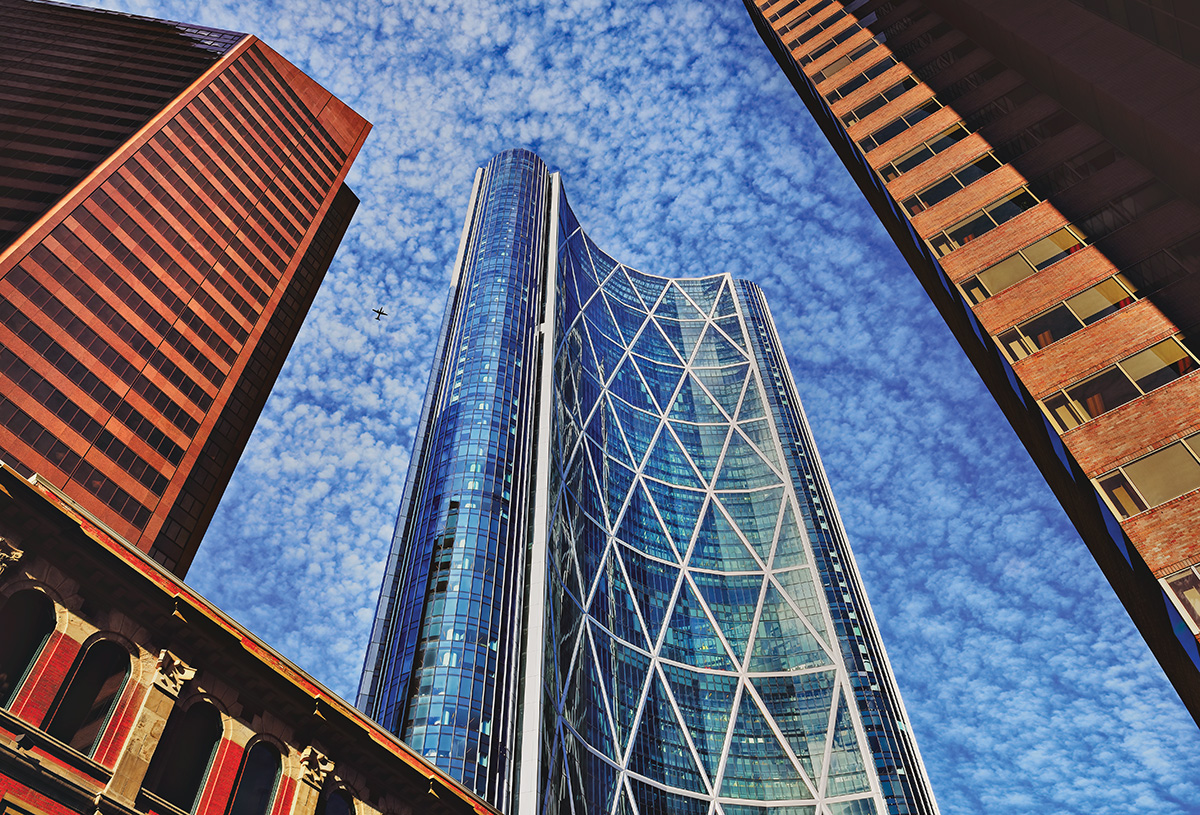
The “right me,” Bogner explains, is when he’s at his highest energy, in a good mood, and fully in the moment married to his technical expertise. Achieving “the right me” is a honed skill for which he credits Christian Perez, a second-generation Eastern medicine healer, taekwondo master, and product of one of Japan’s elite Zen Buddhist monasteries. From Perez, Bogner has learned meditation and how to control his breathing, achieve absolute stillness, and reach states of keen concentration and awareness. The practical application of these mental attributes for a photographer are obvious, but Bogner likens photography to the essence of meditation, a void of emptiness where you achieve truth. “It’s like having a candle meditation,” Bogner says. “You are in a dark room, and you light the candle and start focusing on the candle, your eyes will adjust and fill the darkness with light. That’s how I feel about photography.”
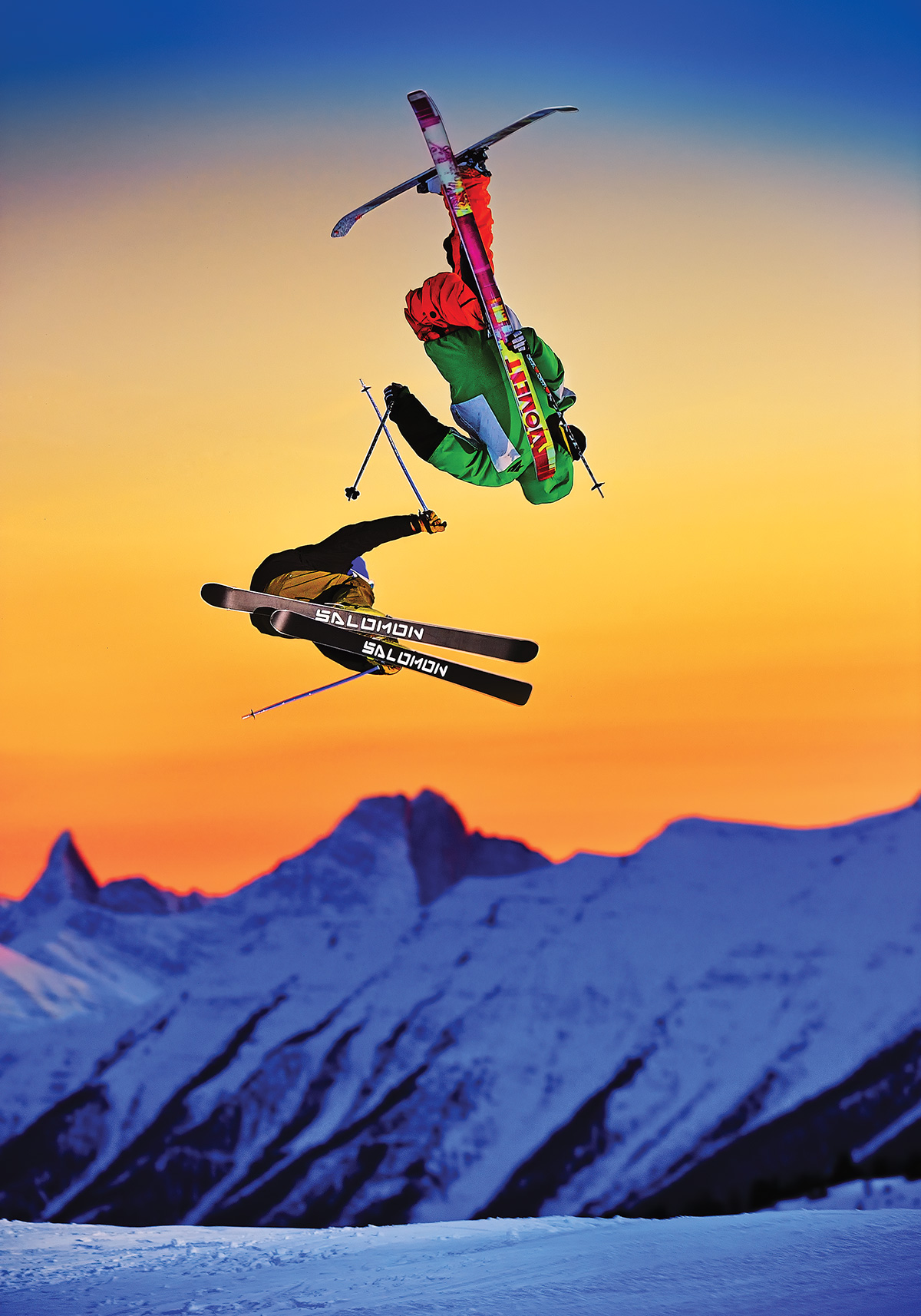
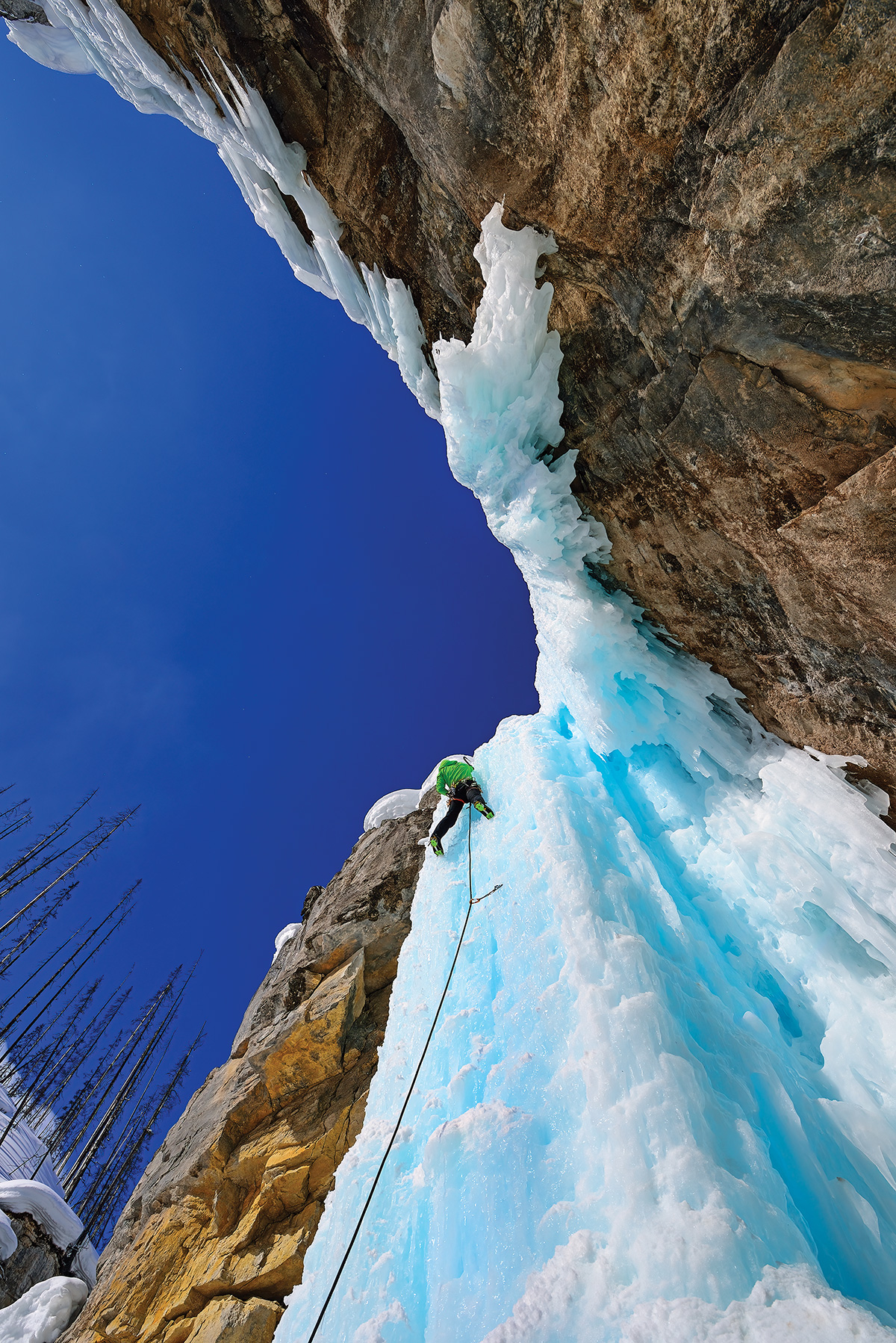
A Meditation
Bogner’s grandfather Nikolai started Bogner Photography in Germany in 1938. He immigrated to Canada in 1952 and opened studios in Welland, Ontario, specializing in commercial photography and portraits. He formulated his own chemistry and created large prints that Kristian says have the clarity of what he shoots at 45 megapixels. When Nikolai had a heart attack, his son, Matthias, left medical school to take over the family business. Matthias married a schoolteacher, Audrey, who took up photography and began shooting fashion and portraits.
“My dad was insanely technical like my granddad, and my mom was super artistic,” Kristian says. “Growing up with both my parents, I feel like I’m the mix of them. I have that emotional, passionate, sensitive aspect of my mother, but I also have that super technical, geeky side of my dad.” For Kristian, who became Canada’s first Nikon Ambassador, the studio was his playground, and he hasn’t grown out of that attitude. “I’m like a kid when I have my camera,” he says. “I’ve been at shoots where people think I’m not doing my job, and then they see the images afterward and they’re amazing, but because I was having so much fun doing it, they think I wasn’t taking it seriously.”
“There’s a whole intuition aspect to waking up in the morning and listening to that inner voice when it says bring this lens or bring that camera.“I know that sounds crazy, but this is how I operate.”
Kristian Bogner
Meditation has helped Bogner channel that spirit into his images. “My best photography is capturing the energy that I’m photographing plus my energy in the moment,” he says. He doesn’t draw inspiration from images he sees, and he avoids applying his own visual preferences. Instead, he tries to be totally into what’s happening in the moment “so that I can let that moment flow through me.” If he’s having a bad session, he unclicks his lens, clicks it back on, and calls it his “awesome lens,” tricking himself into looking at the moment from a different perspective. “And a different perspective is a different energy,” he says.
Zen Buddhism also emphasizes the value of intuition. “There’s a whole intuition aspect to waking up in the morning and listening to that inner voice when it says bring this lens or bring that camera,” Bogner says. “I know that sounds crazy, but this is how I operate.” He first learned this from his maternal grandmother, Rose Guzda, who also taught him to spend time each morning visualizing his day to maximize efficiency. In his early 20s, Bogner left the family business and forewent a $64,000 gig in Ontario to move to Alberta, where he had no prospects. He’d spent a summer there and loved the landscape.
“I wanted to photograph skiers and the beauty of nature,” he says. His parents hoped he would stay in Welland and take over their 10,000-square-foot studio one day, but “My gut told me to move out West.” That earned Grandma Rose’s endorsement. “She told me if I believe it’s the right answer, to trust my gut and go do it.” A few months after he moved and built his new website, he landed an $80,000 client.
Trusting his gut has served Bogner well. In anecdote after anecdote he tells of how he happened to have the right camera and lens with him for the moment; how he ignored word that a surfing competition had ended and slogged through a muddy path against the flow of departing spectators to photograph surfers still riding giant waves; how he defied odds at the Salt Lake City Olympics to reach a venue and stand inconspicuously under a “No photographers” sign to capture Canada’s speed-skating team rounding a curve on its way to a gold medal.
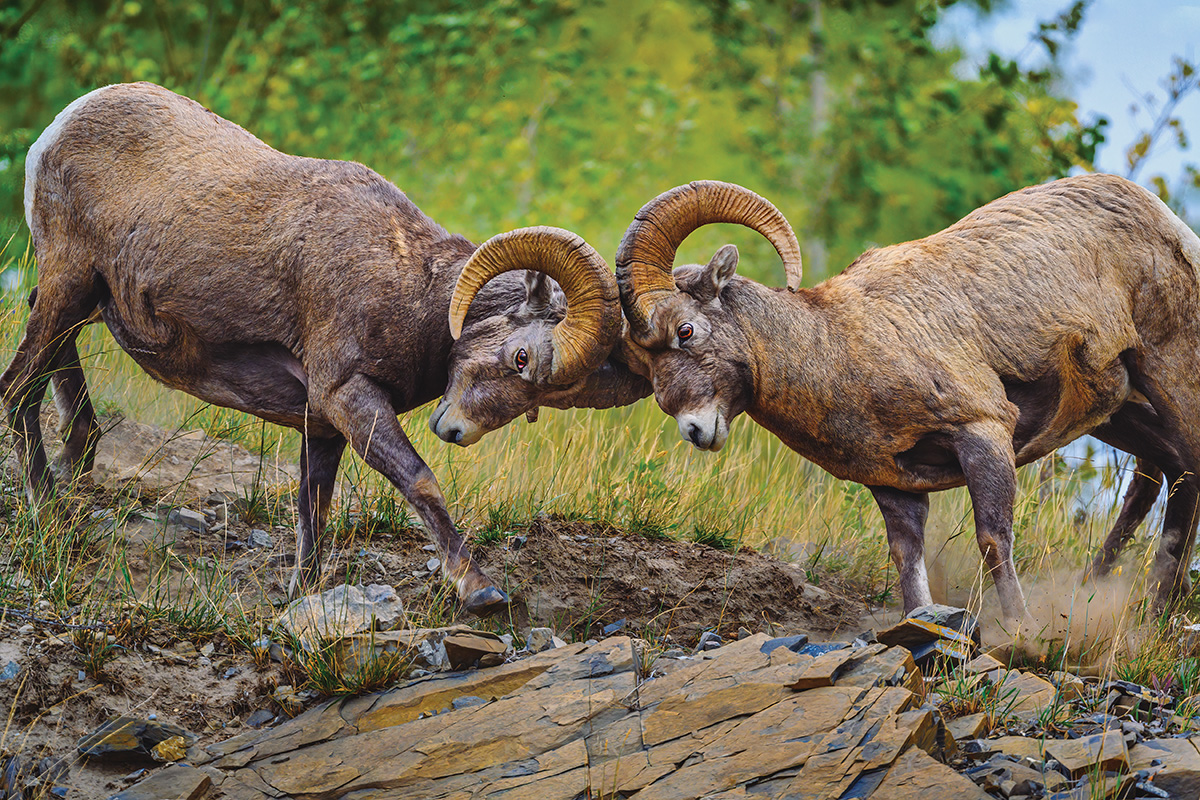
Seize the Moment
Bogner gives athletes the images he makes of them, leading to friendships with Olympic-caliber and Xtreme Games competitors. He takes an athlete’s approach to his photography, inspired by their dedication, preparation, discipline, and determination to achieve excellence.
“There’s also this belief and confidence in themselves, belief in what they can do and their ability to visualize it, seeing it in their mind’s eye, and executing it,” he says. His pursuit of a multidiscipline photography career mirrors athletes’ cross-training programs. And Bogner is big on maintaining a constant training regimen like an athlete’s daily workout sessions.
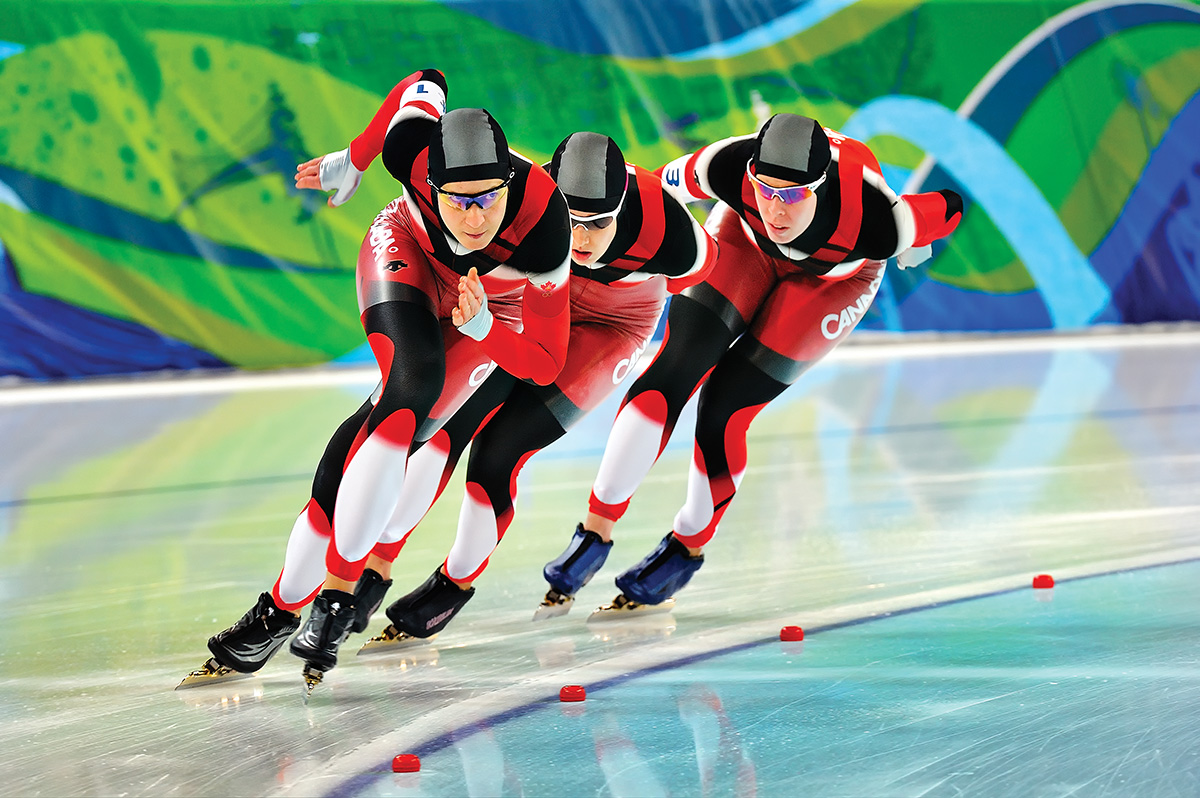
“There’s a game I play,” he says. On his trip to India, sitting in a car speeding through the countryside and villages, Bogner spent the entire six-hour drive looking out the window through his viewfinder, photographing with a 70-200mm lens at 1/4,000 shutter speed. “As we’re speeding by, I’m trying to see in the moment, a glimpse of someone doing something, and I’m picking them off like a sniper from the car. You would not believe how many amazing shots I’ve gotten doing that, and it’s such good training. I’m disciplined about training my subconscious mind to pick up those things in an instant, recognize it, and get it in perfect alignment while driving and bumping.” The car’s other occupants thought he was insane, he says. “I am a bit—I don’t want to say crazy—but I am intense. I don’t want to be sitting there looking out the window and seeing an extraordinary moment that I didn’t capture with excellence because I was too lazy to hold my camera.”
Eric Minton is a writer and editor in Washington, D.C.

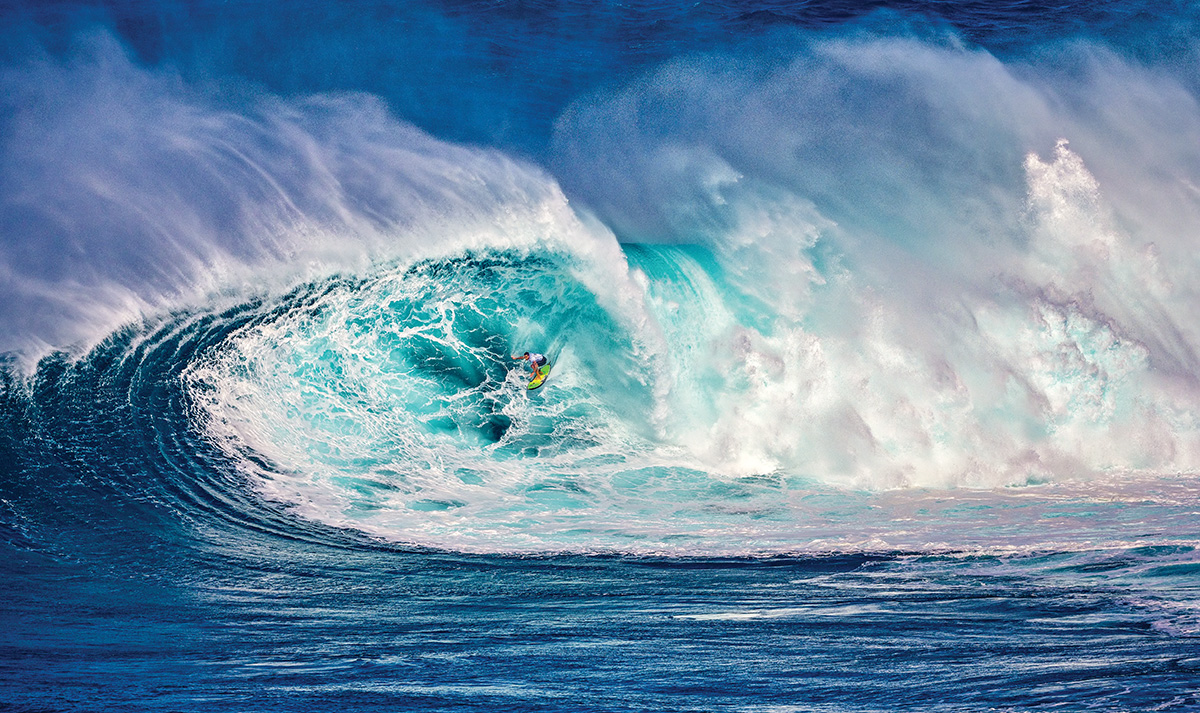
 View Gallery
View Gallery

